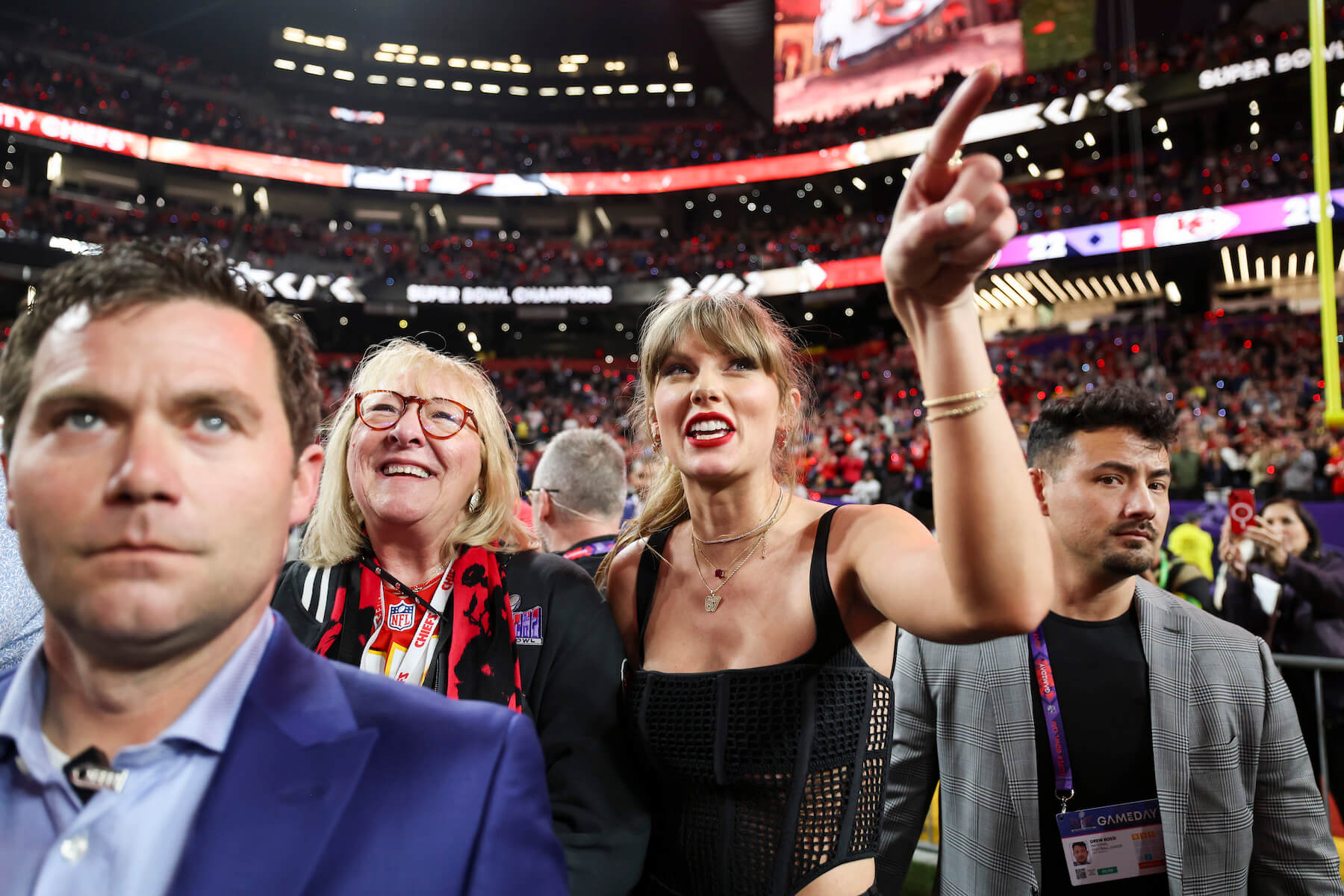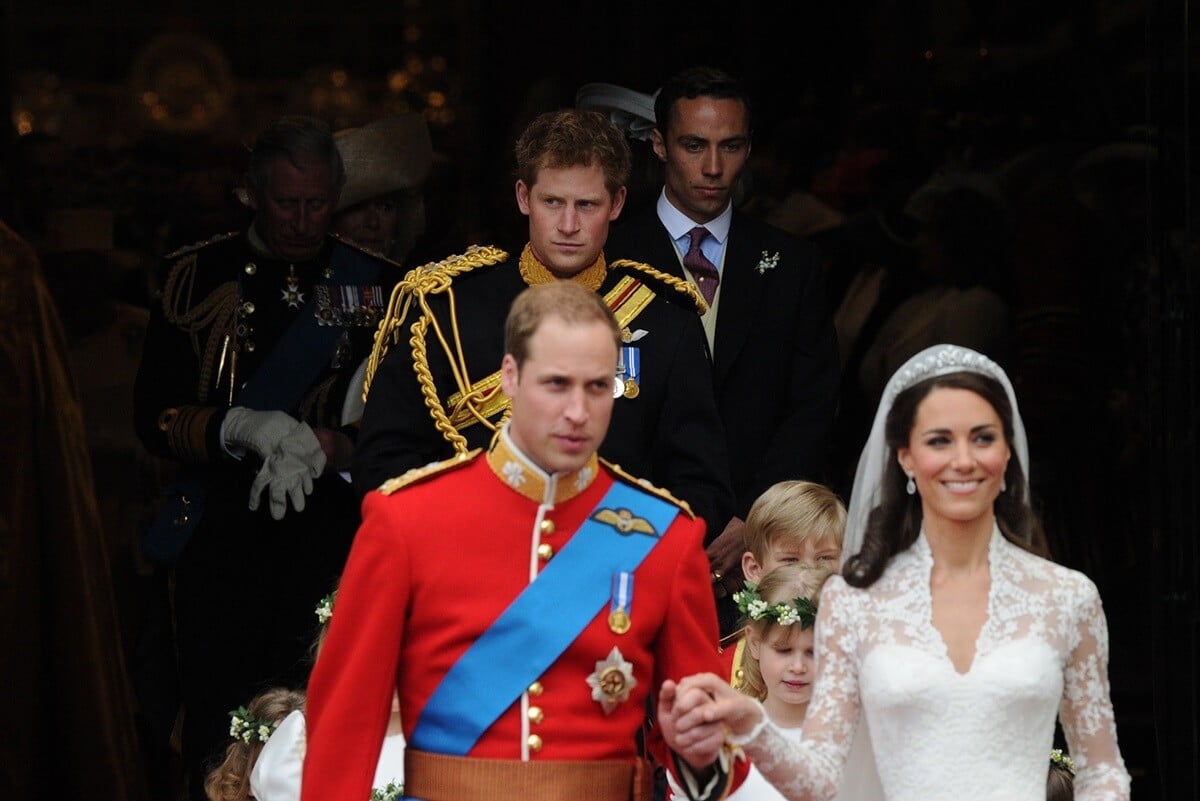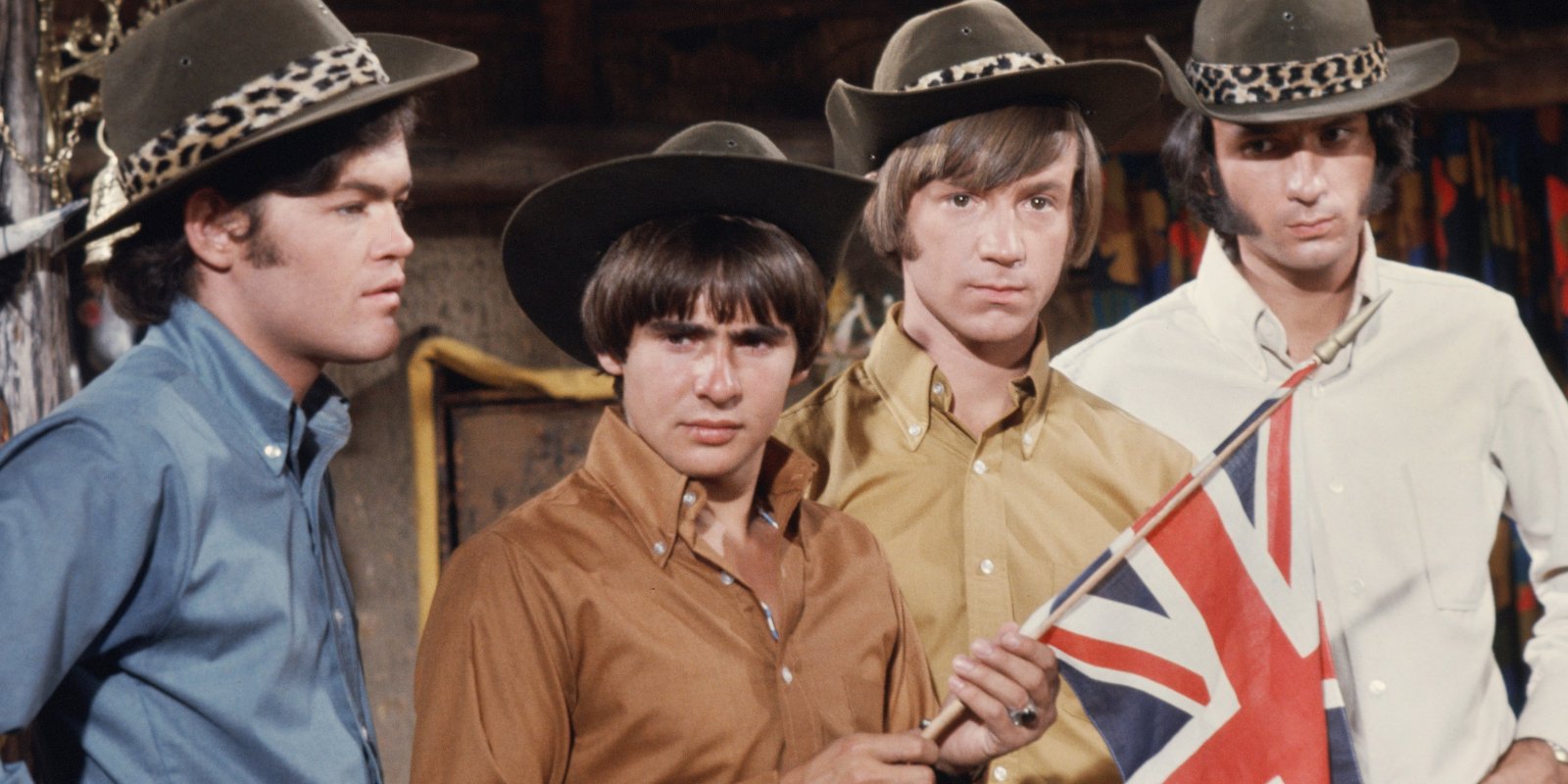
‘The Monkees’ Was ‘Starting to Repeat Itself’ by End of Season 2, Claims Mike Nesmith
During the second season of The Monkees, Mike Nesmith realized that each episode was looking strikingly similar. The comedy series always contained some version of Mike, Peter Tork, Davy Jones, or Micky Dolenz finding themselves in a mishap. Slapstick comedy would occur. The episode would have several songs. Mike realized the series was “starting to repeat” itself by the end of season two and wanted to switch up a format that quickly turned stale.
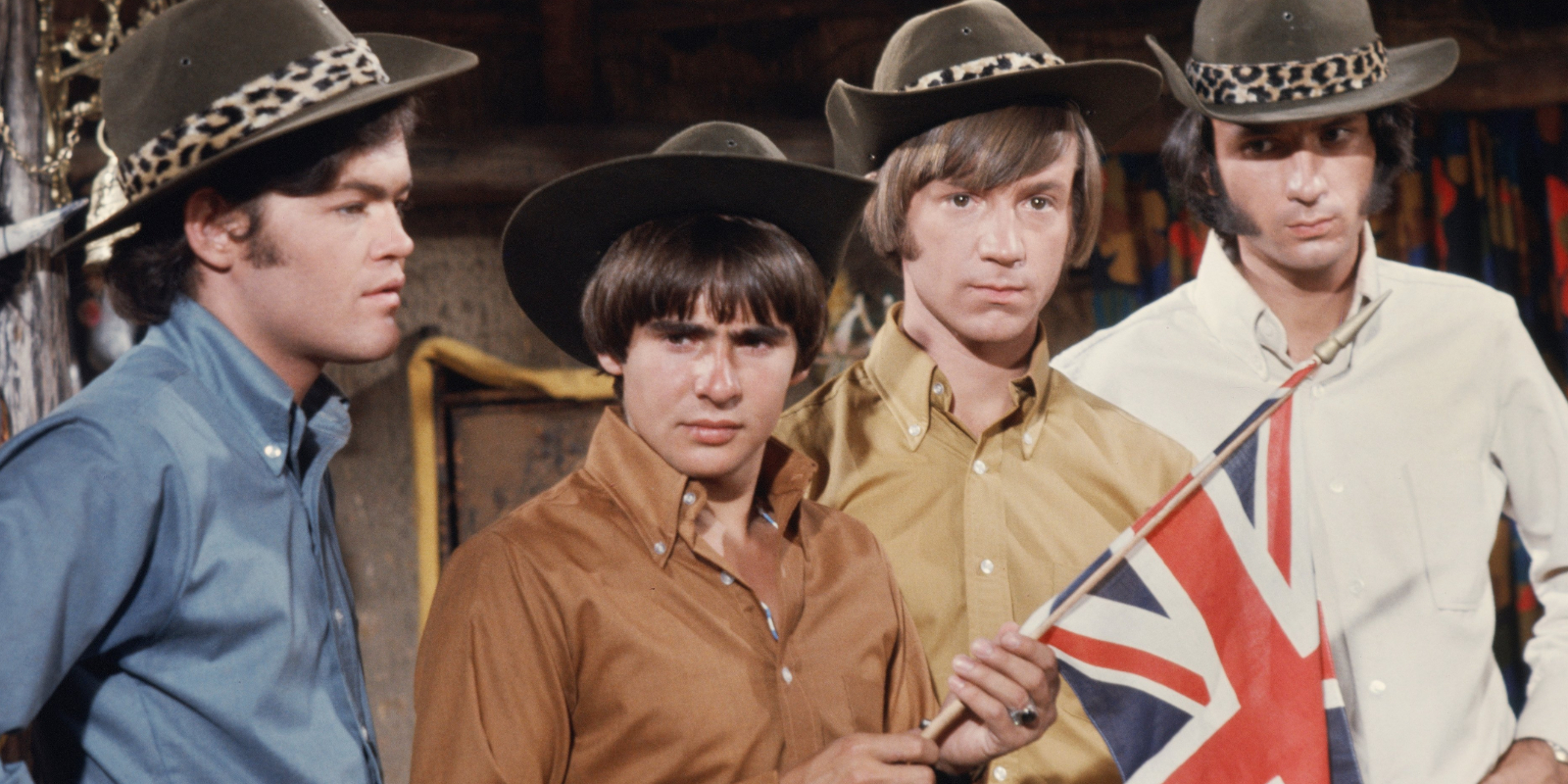
‘The Monkees’ was a novel, but a limited idea for a television series
The Monkees told the story of four young, struggling musicians who lived in a California beach house. Micky, Mike, Peter, and Davy tried to make it big in the music business. However, the quartet regularly found themselves in improbable situations every week.
The fictional group was an attempt to piggyback on the success of Beatlemania. The formula was the same. There was the heartthrob (Davy), the serious one (Mike), the quiet and silly one (Peter), and the funny one (Micky).
“[The Monkees have] their own scene, and I won’t send them down for it, John Lennon said, according to Mental Floss. “Try a weekly television show and see if you can manage one half as well!”
George Harrison liked some of the songs the Monkees produced themselves. According to NME, he said, “It’s obvious what’s happening, there’s talent there… when they get it all sorted out, they might turn out to be the best.”
However, the weekly grind of producing the same show each week began to wear on the group’s members. This led Mike to state although there were some memorable moments, the series was “starting to repeat itself” by the end of season 2.
Mike Nesmith said the band was ‘tired’ by the end of season 2 of ‘The Monkees’
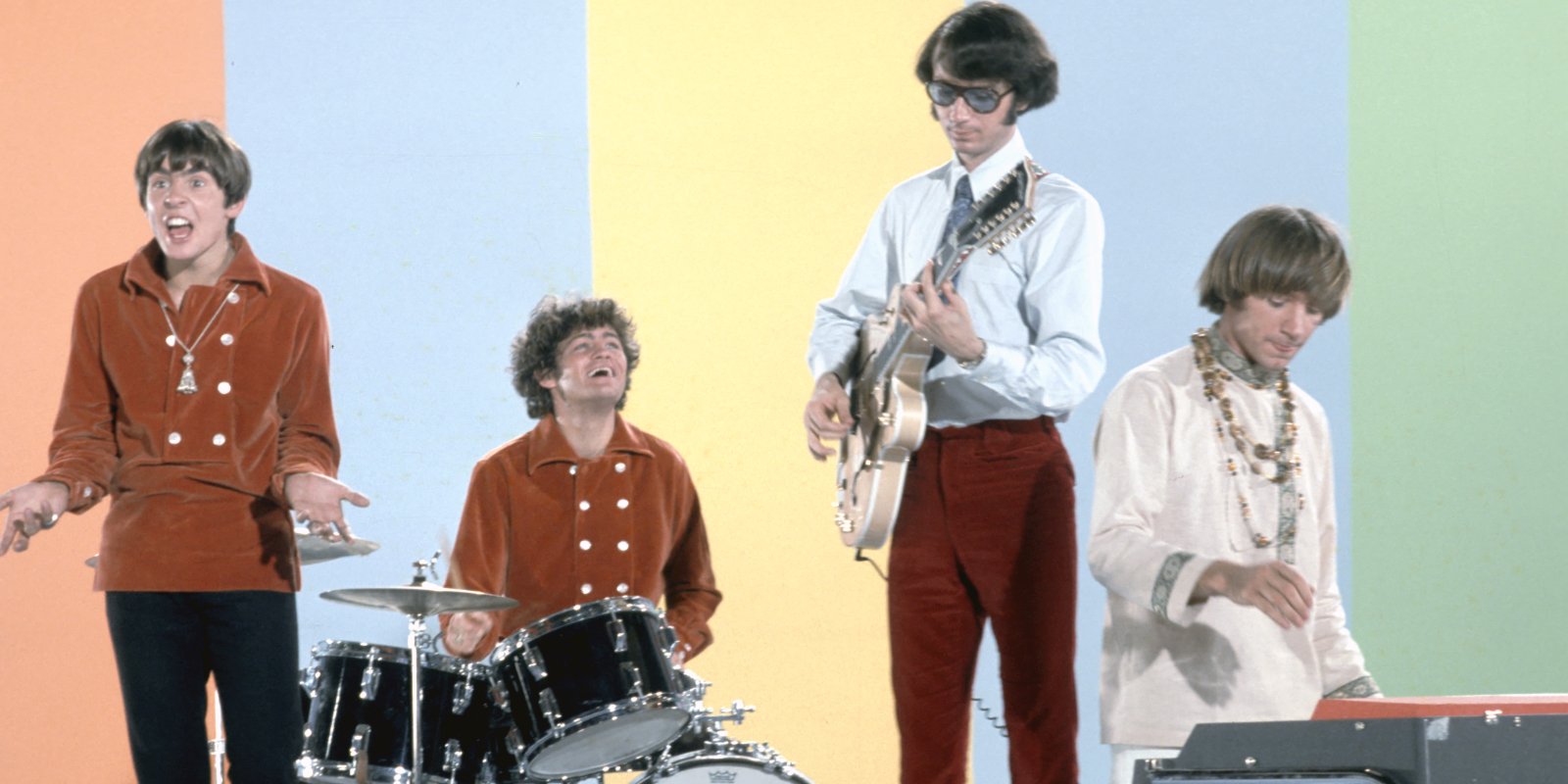
After 58 episodes in two years, Mike and his castmates were “tired.” He says there had to be an end in sight, and he believed season two was the show’s final bow.
“We all were very tired, and the show was starting to repeat itself,” Nesmith told the Arizona Republic in 2018. “Things like The Monkees show have a specific lifetime, and when it’s through, it is through – left for history to assess. It does not, however, ever die.”
Micky Dolenz felt the same way as his co-star. He wrote in his autobiography I’m A Believer that he, too, was getting “jaded” near the end of the series.
“Quite frankly, we were getting a little jaded with the show as it existed,” Micky said. “Every week Davy [Jones] would fall in love with some girl, or Peter [Tork] would be kidnapped by some bad guy, or some guy spy would hide microfilm in somebody’s something or other.”
The band tried to bring in more relevant subject matter, including references to the Vietnam war, drugs, and the hippie counterculture. However, the powers that be realized that the formula worked, so they didn’t tweak the show’s lighthearted martial too much.
After season two, The Monkees tried their hand at other projects, leading them into a new phase.
Mike Nesmith, Micky Dolenz, Peter Tork, and Davy Jones tried their hand at movies
After The Monkees, Micky, Mike, Peter, and Davy starred in their first feature film, Head. As the second season of The Monkees wound down, the foursome met with Jack Nicholson and, during one weekend in the California desert, came up with an avant-garde concept for their first feature film.
Filming for Head began in February 1968 and ended in May of that same year. In an interview with WPR, Nesmith said he “loved” making Head.
“I loved making it. I had such a good time with Bob (Rafelson) and Jack (Nicholson), which was the high point of my whole Monkees experience. And I think it lives on well beyond the television shows,” Nesmith explained.
